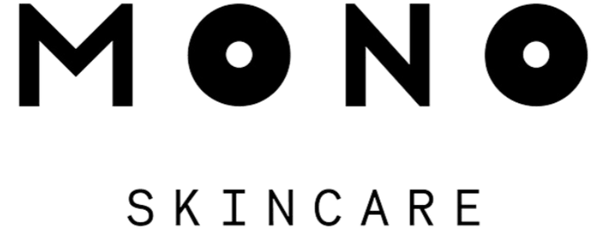
The Real Beauty Talk: Chapter 1 Knowledge 1.1.: What Do Skincare Products Contain?
Share
« I read label but I have no idea what I am reading besides water.. I mean who knows what's is dimethicone caprilate or PAA? “ Melissa, 32 yo
CHAPTER 1-INGREDIENTS DECODED:
KNOWLEDGE 1.1.: What do cosmetics contain?
Hi Melissa! Thank you for your question! So you wonder exactly are we putting on our skin? What do those long names on the ingredient list mean and what do they do?
Let's start with the fact that there are different cosmetic products on the market, all with different combinations of ingredients.
While the formula of each product differs slightly, most cosmetics contain a combination of at least some of the following core ingredients: water or solvent, emulsifier, preservative, thickener, emollient, color, fragrance and pH stabilizers.
Today let's go through these common ingredients categories, starting with Solvents!
- Solvents
A solvent is an ingredient that dissolves other ingredients. Water forms the basis of almost every type of cosmetic product, including creams, lotions, makeup, deodorants, shampoos and conditioners. the most commonly used solved tin skincare is Water, or Aqua (INCI name for "free of bacteria water").
- Emulsifiers
Emulsifiers are here to help mix things together that wouldn't otherwise mix. Examples of emulsifiers used in cosmetics include polysorbates, laureth-4, and potassium cetyl sulfate.
- Condoms
They are added to cosmetics to extend their shelf life. Preservatives help to prevent growth of bacteria and mold products. Some commonly used preservatives include phenoxyethanol, methylparaben, potassium sorbate, benzoic acid, chlorphenesin and caprylhydroxamic acid.
- Thickeners
Thickening agents work to give products an appealing consistency. They can come from four different chemical families:
Lipid thickeners, Naturally derived thickeners, Mineral thickeners and Synthetic thickeners. The most common synthetic thickener is carbomer, an acrylic acid polymer that is water-swellable and can be used to form clear gels. the problem with carbomer is that it is 100% derived from petroleum and essentially is a plastic and very polluting for the environment.
- Emollient
Emollients soften the skin by preventing water loss. A number of different natural and synthetic chemicals work as emollients, including beeswax, olive oil, coconut oil and lanolin, as well as petrolatum (petroleum jelly), mineral oil, glycerin, zinc oxide, butyl stearate and diglycol laurate.
- Buffers or pH Stabilizers
Buffers are used to adjust the pH of skincare products. For example, it can ensure a moisturizer is not too acidic.
Use Inci Decoder to search for products, or copy and paste ingredient lists to get a breakdown of each ingredient.
